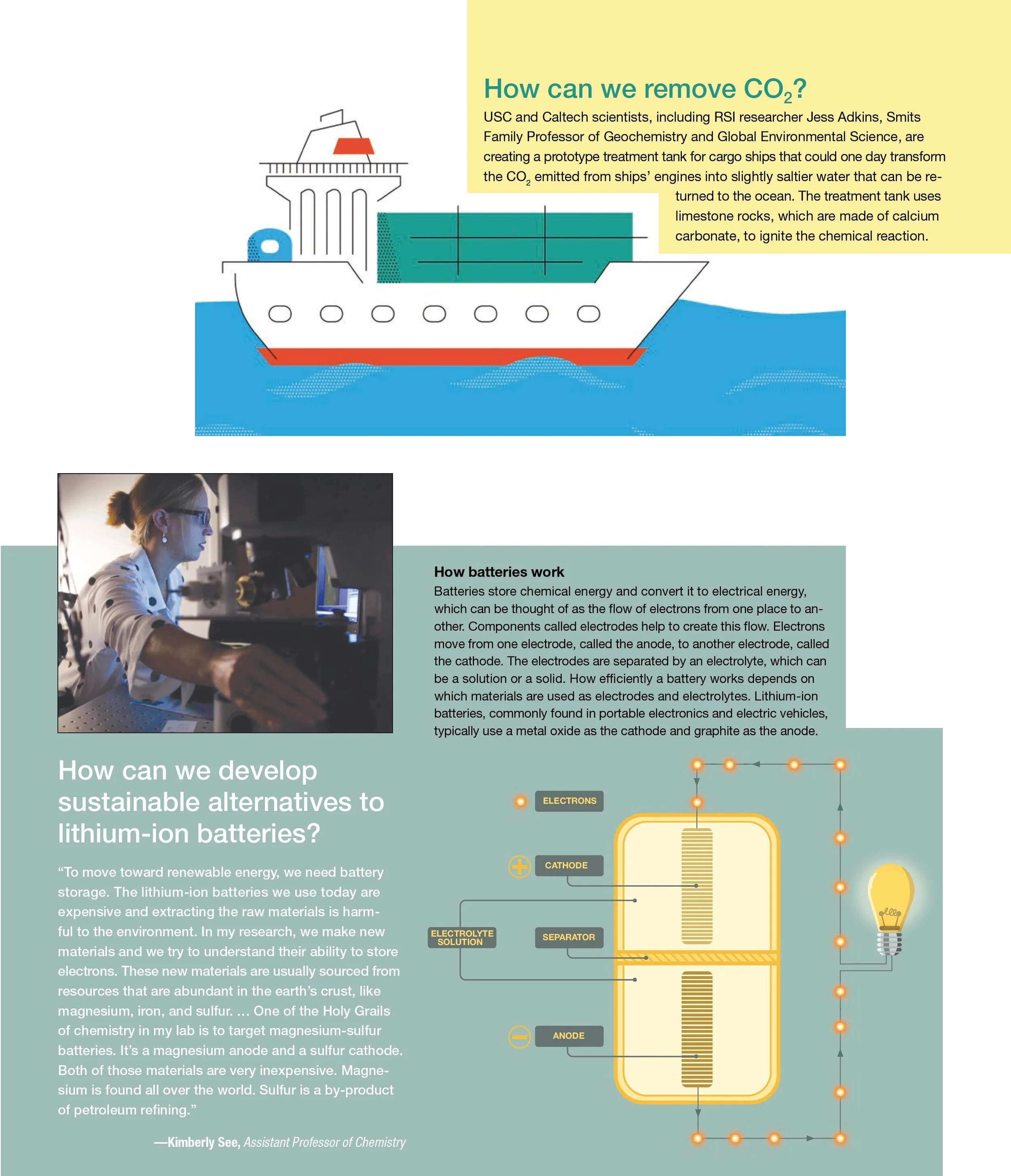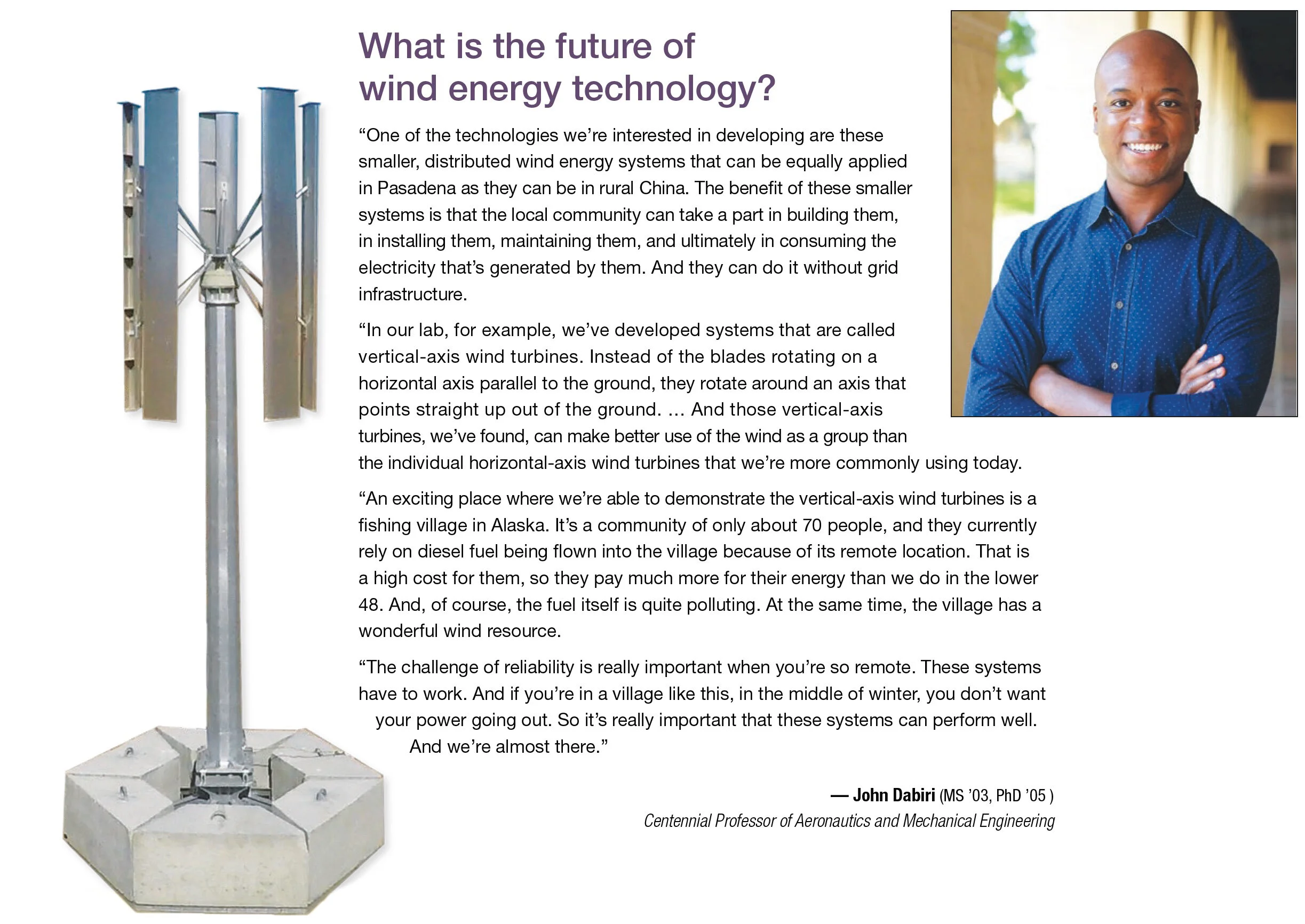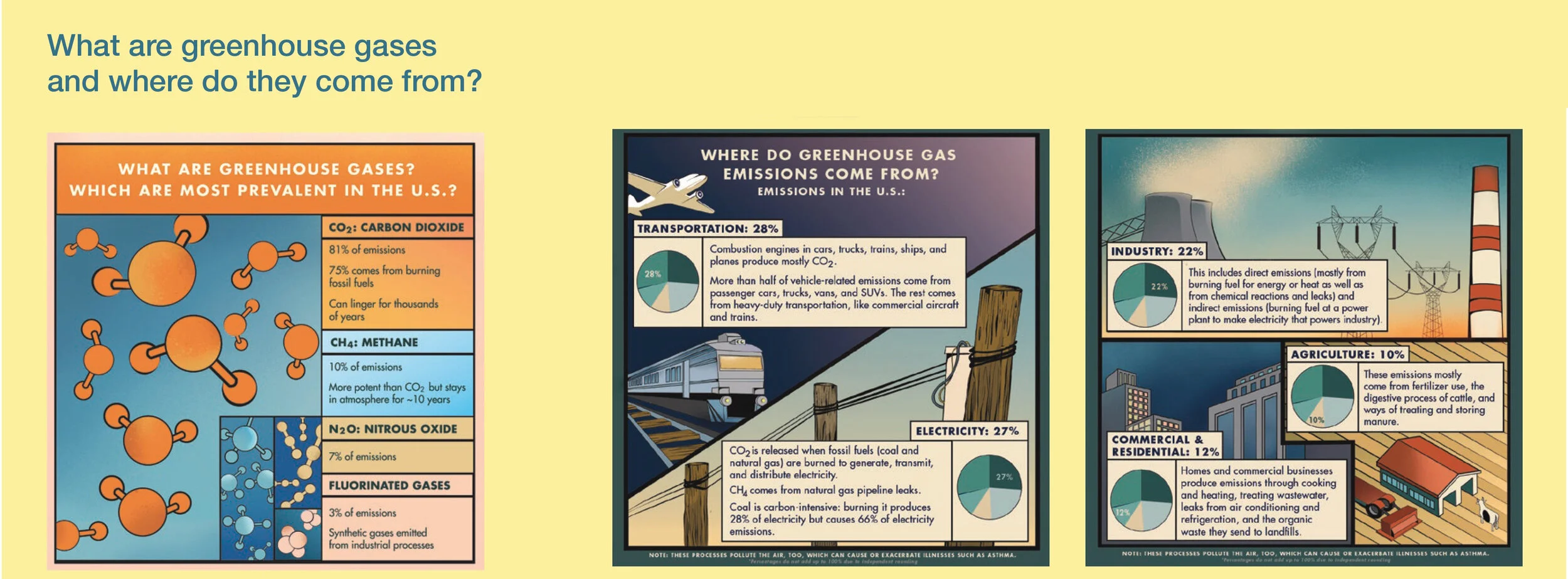Sustainability Solutions
Caltech researchers and engineers on campus and at JPL are pursuing many novel sustainable approaches to mitigate the effects of a warming planet. They are using advanced computation to improve the precision of climate models; harnessing solar, wind, and other renewable energy sources; engineering new methods to reduce greenhouse gas emissions; and drawing on data from Earth-monitoring devices to inform more efficient use of resources.
Much of this vital research takes place under the auspices of the Resnick Sustainability Institute, which, in the fall of 2019, received a historic pledge of $750 million from philanthropists and entrepreneurs Stewart and Lynda Resnick. With the new resources and tools afforded by this pledge, Caltech’s sustainability researchers have the freedom to explore bold solutions to society’s vexing challenges in energy, climate, water, and the broader environment.
Here, as featured in the Caltech Science Exchange (scienceexchange.caltech.edu), a web resource dedicated to explaining scientific issues, RSI-affiliated Caltech researchers share their perspectives on some questions that are central to addressing one of the most significant issues of our times.
How can we make chemical manufacturing more sustainable?
“To make a difference in global sustainability via chemical manufacturing, we want to prioritize. Which chemicals offer the best opportunities? That depends on the scale at which they are produced and how much associated CO2 and other pollutants that production puts in the air. The production of ammonia and ethylene has a significant impact on global CO2 emissions.
“… In my lab, we think about new ways to make ammonia and ethylene, and other challenges in chemical synthesis that can advance how we make more complicated molecules, such as drug molecules used in medicines. Along with our collaborators, we aim to develop catalysts that can, ultimately, enable carbon-neutral production of ammonia and ethylene using renewably sourced electricity, water, nitrogen gas from the air, or industrial CO2 waste streams.
“… My lab is working on a new, different way of producing ammonia, through electrochemical conversion of nitrogen, the main component of air. After years of fundamental research, we now have exciting science that demonstrates how to achieve electrochemical ammonia generation with molecular catalysts. We, along with others in the field, are also excited by the promise of potentially more durable heterogeneous catalysts.”
—Jonas Peters, Bren Professor of Chemistry and director of the Resnick Sustainability Institute



